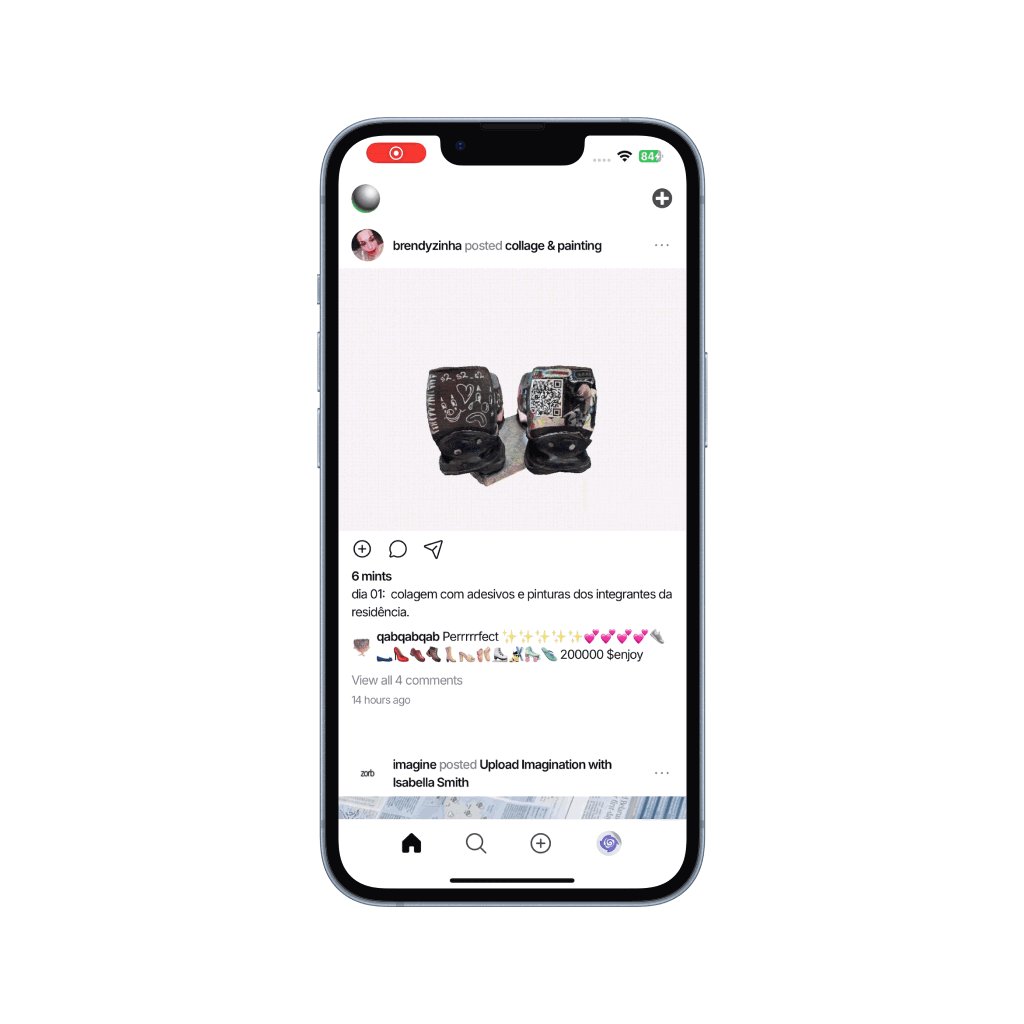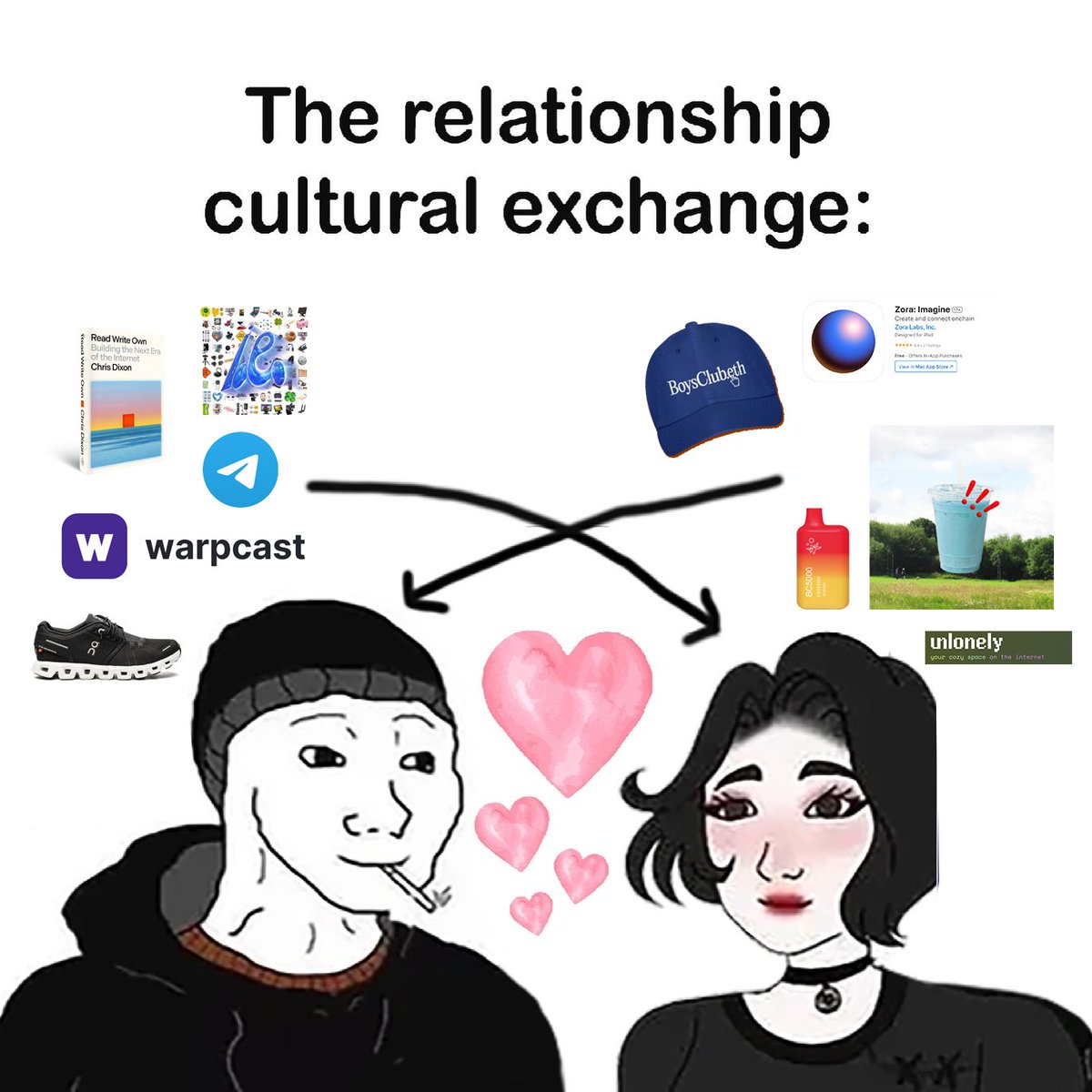
they should invent a day that isn't unprecedented
a critically acclaimed weekly consumer crypto roundup
cheerio,
i hope everyone has been well and enjoying my silence as i enjooyed a little no screen euro time. i'm now rested, rejuvenated, and entering q3 armed with nothing but a delusional degree of conviction, a glass of chilled white spanish wine, and my trusty babushka.
xx c


Internet Explorers got a cute little rebrand and now has its own twitter so make sure to give us a follow! Trump tapped absolute chad JD Vance as his VP, which reignited main character syndrome from a ton of VCs. Etherscan launched blockscan, a simplified and more consumer-friendly version of their flagship product, and Dora announced their $5.5M raise. TON Blockchain will release a new L2 based on polygon tech. The recent ZKsync 3.0 upgrade introduced Elastic Chain, an interconnected ecosystem of L2 networks designed to overcome liquidity fragmentation. Songcamp launched Audiato, a hub for music on Base.

Orb added support for tips. You can now discover and mint Paragraph articles directly on Interface. Stripe will roll out support for USDC on Base. TITLES announced its latest protocol version, optimized for creator earnings on mints and attribution of sampled media and AI models. The Skill Issue team released a product that lets users deposit SOL and vote on which token should receive the entire pool, with the highest-voted token being allocated once a 25 SOL or 24hr threshold is reached. This aims to address the attention and liquidity dispersion issue in the market. Notcoin announced a Telegram gaming accelerator. Raydium flipped Uniswap in weekly fees.


Internet Explorers is a weekly rundown live stream where extremely online individuals broadly explore (romanticize, even) new consumer internet experiences.
Live & online Fridays at 10am PT / 1pm ET.
I’ve been recklessly minting and collecting on the new Zora mobile app (beta) and it’s lowkey amazing. You can buy mints with apple pay, double tap to mint, and scroll a feed of creative content as comfortably as you scroll instagram. The current mobile experience is so well done that there are really no UX or wallet barriers to anybody using the product, but there is still a huge cognitive barrier. We're interested to see what the onboarding arc will look like for the next influx of users into onchain social. How do you convince a creator or avid social media user with no prior experience with crypto to care enough to pay $3 to collect something? There's also a ton of room to add in some lower intent actions that could be beneficial to have alongside collecting (likes, tipping, mint comments, profile curation, etc.) Excited to see where the zora team brings this app next.

The Party team introduced a new creator tool aimed at enhancing onchain media by incorporating liquid secondary markets and perpetual transaction fee capture for creators. Each mint is priced at 0.00005556 ETH with a supply of 10,000 tokens, split into 4,500 for sale, 4,500 for a liquidity pool, and 1,000 for the creator. Once the collection sells out, a liquidity pool is set up on Uniswap, and creators receive a 1% fee on all subsequent transactions. Although marketed as a creator tool, its design suggests it may be more effective as a memecoin launchpad. The entire onchain creator ecosystem hinges on collectors wanting to collect, and liquid secondary markets makes the collecting game way more fun. More collecting, more money for creators, more creating, flywheel activated.

Grass is a cool new product that lets users earn tokens by sharing their unused internet bandwidth for website scraping, which contributes to building AI training datasets. Users can participate by installing a browser extension, and Grass recently released a dataset of 600M Reddit posts + comments collected from 2M nodes worldwide. The main challenge is determining the data's unit value and ensuring it's enough incentive for continuous data capture, but combining this model with games and consumer products might enhance its appeal. All in all, DePIN is a continuously growing category and tokenized marketplaces like these are expected to be highly disruptive, touching everything from health data, to mapping data, to noise pollution data, to car data.

PER.MA is the first product from the creators of the ERC6551 standard, which basically lets NFTs function as onchain agents. It's a photo exchange network inspired by the 1960-70s Fluxus movement, aiming to connect analog film photography with digital ownership. Users receive a roll of film (a 6551 NFT) to take photos, and the photos you take are all minted as NFTs contained within the account of the roll. Each photo you take also gets sent to 3 other random people, and 1 goes to the “international memory bank” which is a collectively owned archive of all photos on the network. It's a fun experiment and they’re officially going live in a few weeks at FWB Fest. If you want to take it for a spin today you can sign up with the code YOLO.
Mason's latest article "The Hot Start Problem" was interesting -- he talks about how tokens effectively overcome the cold start problem by generating initial activity, but they create a short window to achieve organic traction and PMF before incentives run out, leading to project stagnation.

Apps launching with tokens or points systems leverage financial incentives to bootstrap new networks but face the hot start problem which presents its own tradeoffs, such as obfuscating organic traction (aka PMF) , pre-maturely spending the proverbial bullets from the growth gun, and adding friction for accomplishing operational tasks because of the challenges of DAO governance.
Despite these issues, the hot start approach is advantageous in highly competitive markets with known demand (red ocean markets) and networks requiring passive supply-side participation. In red ocean markets, tokens help new entrants compete against established players by quickly growing liquidity (ex: GMX and dYdX). In passive networks, tokens bootstrap activities like staking and liquidity provision more easily.
The choice between cold start (struggling for initial usage) and hot start (uncertain long-term engagement) depends on context, but Mason prefers the hot start for consumer products to combat indifference and irrelevance. To mitigate downsides, he advises apps and marketplaces that launch token incentives for active jobs to be done – usage, gameplay, gig work, services, etc – to take extra steps to ensure that token rewards are going towards organic usage and driving important metrics like engagement and retention.
Watch the full episode:









 68
68



 psychology behind liking the best kind of brainrot
psychology behind liking the best kind of brainrot weirdcore content disrupter png sticker maxxing aesthetics.
weirdcore content disrupter png sticker maxxing aesthetics.



















A critically acclaimed weekly consumer crypto roundup @seedclub im looking into the hot start problem, block explorers adding context, ton ecosystem, pump kingmaking, Zora mobile, depin, and a bunch of new releases https://paragraph.xyz/@seedclubhq/seedclub-network-news-july-16-2024
a critically acclaimed weekly consumer crypto roundup ft... 🌱 product spotlights: @zora mobile, @getgrass, PERMA, @partydao 🌱 hot start problem @masonnystrom 🌱 Internet Explorers brand refresh 🌱 Etherscan launched blockscan 🌱 Ton Blockchain will release L2 🌱 @zksync Elastic Chain Ecosystem 🌱 @songcamp launched Audiato 🌱 Orb added support for tips 🌱 discover + mint @paragraph on @interface 🌱 Stripe adding support for usdc on @base.base.eth 🌱 @titles launched latest protocol version 🌱 new product from @skillissuexyz 🌱 Notcoin announced tg gaming accelerator 🌱 Raydium flipped uniswap in weekly fees https://paragraph.xyz/@seedclubhq/seedclub-network-news-july-16-2024
a critically acclaimed weekly consumer crypto roundup! ft... 🌱 product spotlights: @zora mobile, @getgrass, PERMA, @partydao 🌱 hot start problem @masonnystrom 🌱 Internet Explorers brand refresh 🌱 Etherscan launched blockscan 🌱 Ton Blockchain will release L2 🌱 @zksync Elastic Chain Ecosystem 🌱 @songcamp launched Audiato 🌱 Orb added support for tips 🌱 discover + mint @paragraph on @interface 🌱 Stripe adding support for usdc on @base.base.eth 🌱 @titles launched latest protocol version 🌱 new product from @skillissuexyz 🌱 Notcoin announced tg gaming accelerator 🌱 Raydium flipped uniswap in weekly fees https://paragraph.xyz/@seedclubhq/seedclub-network-news-july-16-2024
a critically acclaimed weekly consumer crypto roundup~~ ft... 🌱 product spotlights: @zora mobile, @getgrass, PERMA, @partydao 🌱 hot start problem @masonnystrom 🌱 Internet Explorers brand refresh 🌱 Etherscan launched blockscan 🌱 Ton Blockchain will release L2 🌱 @zksync Elastic Chain Ecosystem 🌱 @songcamp launched Audiato 🌱 Orb added support for tips 🌱 discover + mint @paragraph on @interface 🌱 Stripe adding support for usdc on @base.base.eth 🌱 @titles launched latest protocol version 🌱 new product from @skillissuexyz 🌱 Notcoin announced tg gaming accelerator 🌱 Raydium flipped uniswap in weekly fees https://paragraph.xyz/@seedclubhq/seedclub-network-news-july-16-2024
a critically acclaimed weekly consumer crypto roundup.. ft... 🌱 product spotlights: @zora mobile, @getgrass, PERMA, @partydao 🌱 hot start problem @masonnystrom 🌱 Internet Explorers brand refresh 🌱 Etherscan launched blockscan 🌱 Ton Blockchain will release L2 🌱 @zksync Elastic Chain Ecosystem 🌱 @songcamp launched Audiato 🌱 Orb added support for tips 🌱 discover + mint @paragraph on @interface 🌱 Stripe adding support for usdc on @base.base.eth 🌱 @titles launched latest protocol version 🌱 new product from @skillissuexyz 🌱 Notcoin announced tg gaming accelerator 🌱 Raydium flipped uniswap in weekly fees https://paragraph.xyz/@seedclubhq/seedclub-network-news-july-16-2024